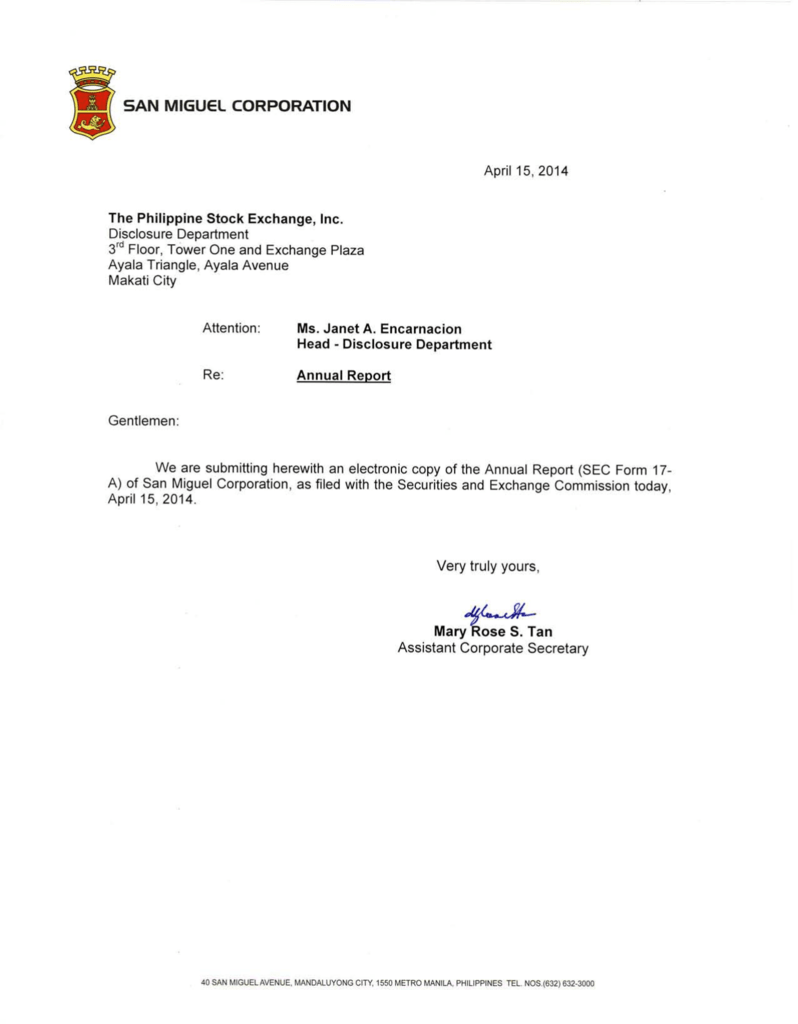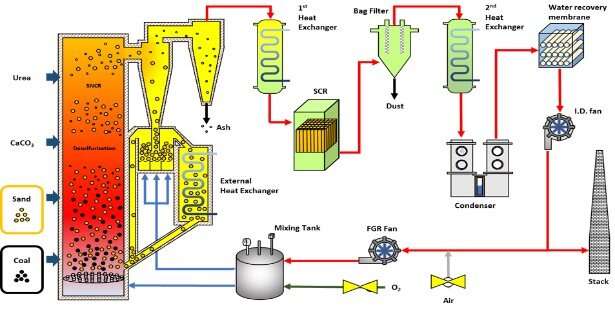Chemical analysis techniques are the guiding lights of scientific inquiry, enabling us to peer into the mysterious world of molecules and unveil their secrets. This article embarks on a journey through the realm of analytical chemistry, shedding light on the methodologies and tools that empower us to explore chemical composition, molecular identification, and elemental analysis. From spectroscopy to chromatography and mass spectrometry, these techniques play pivotal roles in diverse fields, from chemistry to forensic science.
1. Analytical Chemistry: Unveiling Molecular Mysteries
Analytical chemistry is the discipline dedicated to uncovering the composition, structure, and properties of matter at the molecular and atomic levels.
2. Spectroscopy: The Art of Light Analysis
Spectroscopy techniques use the interaction of light with matter to identify chemical compounds, determine their concentration, and even probe molecular structures.
3. Chromatography: Separating Mixtures with Precision
Chromatography separates complex mixtures into their individual components, enabling precise analysis of substances from pharmaceuticals to environmental pollutants.
4. Mass Spectrometry: Weighing Molecules with Precision
Mass spectrometry measures the mass-to-charge ratio of ions, providing information about a molecule’s mass, structure, and chemical composition.
5. Elemental Analysis: Identifying the Building Blocks
Elemental analysis techniques help determine the elemental composition of substances, shedding light on the presence of specific atoms in a sample.
6. Nuclear Magnetic Resonance (NMR): Magnetic Insights into Molecules
NMR spectroscopy utilizes the magnetic properties of atomic nuclei to provide information about molecular structure and dynamics.
7. X-ray Crystallography: Unveiling Crystal Structures
X-ray crystallography allows scientists to determine the three-dimensional structure of crystalline materials, providing valuable insights into molecular arrangements.
8. Gas Chromatography-Mass Spectrometry (GC-MS): A Powerful Duo
GC-MS combines the separation capabilities of gas chromatography with the mass analysis of mass spectrometry, making it a versatile tool in chemical analysis.
9. Infrared (IR) Spectroscopy: Vibrational Signatures
IR spectroscopy focuses on the absorption and emission of infrared radiation by molecules, revealing information about their functional groups and chemical bonds.
10. Applications Across Disciplines: From Pharmaceuticals to Forensics
Chemical analysis techniques find applications in various fields, including pharmaceuticals, environmental science, forensic investigations, and materials science.
11. The Future of Chemical Analysis: Innovations and Advances
Ongoing developments in analytical chemistry continue to expand our capabilities, offering new insights and pushing the boundaries of molecular exploration.
In Conclusion: Illuminating the Molecular Universe
Chemical analysis techniques are the torchbearers of scientific discovery, illuminating the molecular universe with insights that span industries and disciplines. From unraveling the mysteries of compounds to ensuring the safety of our environment, these tools empower us to better understand the world at its most fundamental level.
In Conclusion:
Chemical analysis techniques are the torchbearers of scientific discovery, illuminating the molecular universe with insights that span industries and disciplines. From unraveling the mysteries of compounds to ensuring the safety of our environment, these tools empower us to better understand the world at its most fundamental level.











